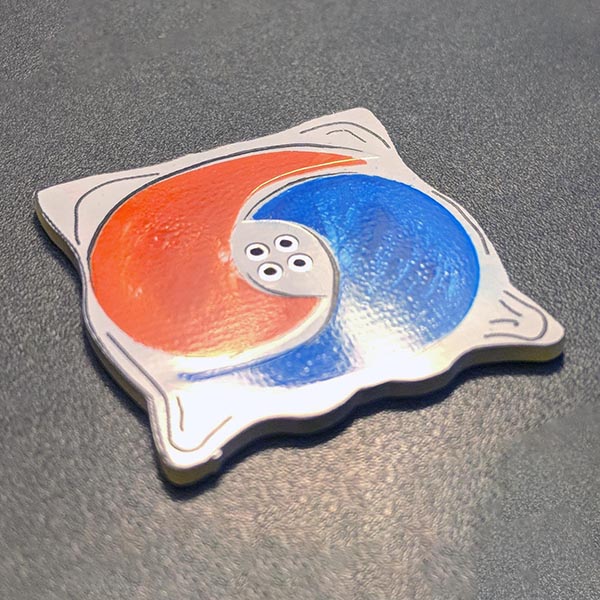Full Color Circuit Boards
An offshoot to the Mr Robot project, I created a set of full-color circuit boards.
An Explanation: You can get circuit boards in any color. Green, black, white, red, blue, clear, and even pink circuit boards are possible, but you can only get a circuit board in one of those colors. I wanted to figure out how to make a circuit board with multiple colors. There are a handful of companies that will do this, all utilizing a UV inkjet printer.
The UV inkjet method has a problem: inkjet inks are not stable in high temperatures, meaning they can not be put through a reflow oven. This makes sense when you realize how an inkjet works; ink is ‘exploded’ through a print head with the application of heat. This causes PCBs printed with a UV inkjet to spall or change colors in a reflow oven.
The solution to this problem is to use a temperature-stable ink. This can be done through pad printing or silk screening. I have done several full-color PCBs using this process. A ‘Tide Pod’, and a panel of KISS blinky boards:


This process can be extended to CMYK colors, or even multiple spot colors for ‘artistic’ PCBs. It’s also cheap, and every screen printing shop is already set up for this process and likely has the required inks in stock.
